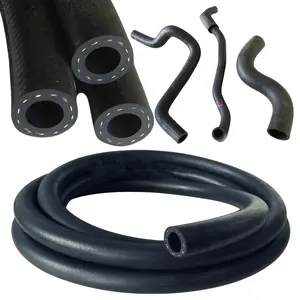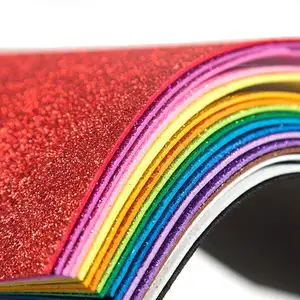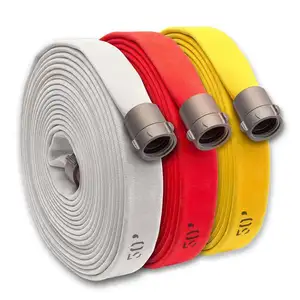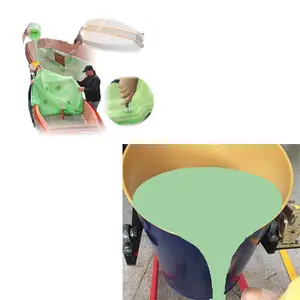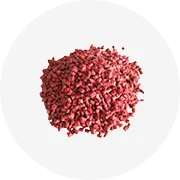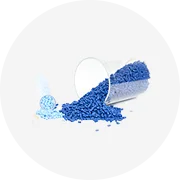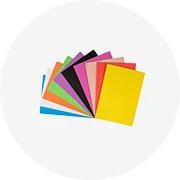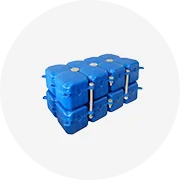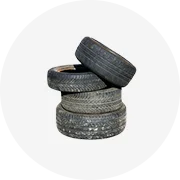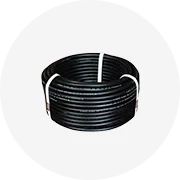Populair in uw branche






Hoge Kwaliteit Fabriek Directe Conische Twin Schroef En Vat Voor Pvc-Platen Plastic Extruder Machine 65/132
€ 3.171,65 - € 3.731,35
Min. bestelling: 1 set







Schroef Vat Voor Extrusie Pe Pp Zacht Plastic Pelletiseermachine Korrels Making Machine
€ 1.679,11 - € 1.865,68
Min. bestelling: 1 set







Hoge Kwaliteit Nitrided Conische Twin Extruder Schroef Vat Voor Plastic Pijp Extruder Machine
€ 3.171,65 - € 3.731,35
Min. bestelling: 1 set







38Crmoaia Materiaal Voor Pp Pe Abs Ps Pvc Pc Engineering Plastics Binary Recycling Granulatie Schroef Vat
€ 3.264,93
Min. bestelling: 1 set


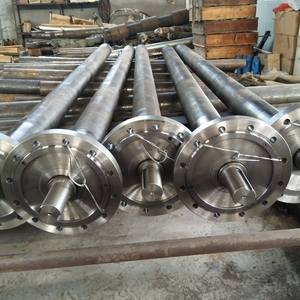




45/30 Hete Schroef Hoge Hardheid 38Crmoala Bimetalen Schroef En Vat Voor Plastic Extruder
€ 373,14 - € 466,42
Min. bestelling: 1 set







Hltnc Sfu1204 1605 2005 2010 3205 3210 4005 4010 C7 Kogelschroef Lineaire Actuator Met Gelijkstroommotor Plastic Loodschroef Cnc Kogelschroef
€ 10,27 - € 11,95
Min. bestelling: 1 stuk






Din927 Din 927 M1 M1.2 M1.4 M1.6 M2 M2.5 M3 M4 M5 M6 As Set Schroef Met Schacht Sleuf Koploze Schouderschroef
€ 0,0467
Min. bestelling: 1000 stukken


M 16X50 Schroef Compleet Met Moer Voor Dubbele Schroef Plastic Extruder
€ 0,6251 - € 0,9329
Min. bestelling: 1 set






Plastic Extruder Apparatuur Accessoire Schroef En Loop Schacht
€ 419,78 - € 466,42
Min. bestelling: 1 set






Plastic Schachtkragen Pom Materiaal Kraag Met Roestvrij Grub Schroef
€ 0,1866 - € 9,33
Min. bestelling: 1000 stukken






Twin Schroef As En Schroef Elementen Voor Tweedehands Plastic Extruder Machine
Klaar voor verzending
€ 0,653 - € 0,9329
Min. bestelling: 2000 stukken
Verzending per stuk: € 7,14






Plc Goede Kwaliteit Hoge Slijtvastheid Kunststof Schroefelement En Vat Kern Schacht Voor Dubbele Schroef Extruder Segment Schroef
€ 83,03 - € 233,21
Min. bestelling: 10 stukken
Topcategorieën
Over plastic schroef met schacht
Winkelen voor plastic schroef met schacht. op Alibaba.com stelt de klant in staat het product te kopen van enkele van de beste merken die op het platform beschikbaar zijn. Ze kunnen worden gebruikt als alternatief voor onder meer glas op ramen, spiegels, LCD / LED op elektronische schermen. Ze hebben gladde oppervlakken en zijn onbreekbaar; specificaties waarmee het product kan worden gebruikt in plaats van glas. Deze plastic schroef met schacht. hebben een hoge weerstand tegen UV-lampen, waardoor ze geschikt zijn voor gebruik buitenshuis op LED-borden of ramen die meestal langdurig aan zonlicht zijn blootgesteld.
Hun ontwerp van duurzaam, sterk thermoplast maakt deze producten krasbestendig en perfect om schermen mee te bouwen. Ze zijn ook licht en flexibel, waardoor ze ideaal zijn om mee te nemen / dragen. Deze topkwaliteit plastic schroef met schacht. worden geleverd met dunne beschermende films die kopers vóór gebruik moeten verwijderen. De helderheid, transparantie en weerstand tegen vochtopname van deze acrylplaten maken ze tot een perfecte spiegel voor gebruik in badkamers en wasruimtes.
De plastic schroef met schacht. aangeboden op Alibaba.com zijn er in verschillende uitvoeringen, vormen en maten. De zelfklevende achterkant van deze producten maakt ze gemakkelijk en handig in gebruik. Deze items zijn verkrijgbaar in verschillende kleuren, waardoor ze stijlvol en boeiend zijn.
De kopers krijgen gegarandeerd waar voor hun geld wanneer ze de plastic schroef met schacht. vermeld op Alibaba.com. Het platform herbergt betrouwbare groothandels en detailhandelaren die een breed scala aan verschillende kwalitatieve, authentieke en betrouwbare producten aanbieden waaruit kopers kunnen kiezen.
Hun ontwerp van duurzaam, sterk thermoplast maakt deze producten krasbestendig en perfect om schermen mee te bouwen. Ze zijn ook licht en flexibel, waardoor ze ideaal zijn om mee te nemen / dragen. Deze topkwaliteit plastic schroef met schacht. worden geleverd met dunne beschermende films die kopers vóór gebruik moeten verwijderen. De helderheid, transparantie en weerstand tegen vochtopname van deze acrylplaten maken ze tot een perfecte spiegel voor gebruik in badkamers en wasruimtes.
De plastic schroef met schacht. aangeboden op Alibaba.com zijn er in verschillende uitvoeringen, vormen en maten. De zelfklevende achterkant van deze producten maakt ze gemakkelijk en handig in gebruik. Deze items zijn verkrijgbaar in verschillende kleuren, waardoor ze stijlvol en boeiend zijn.
De kopers krijgen gegarandeerd waar voor hun geld wanneer ze de plastic schroef met schacht. vermeld op Alibaba.com. Het platform herbergt betrouwbare groothandels en detailhandelaren die een breed scala aan verschillende kwalitatieve, authentieke en betrouwbare producten aanbieden waaruit kopers kunnen kiezen.

